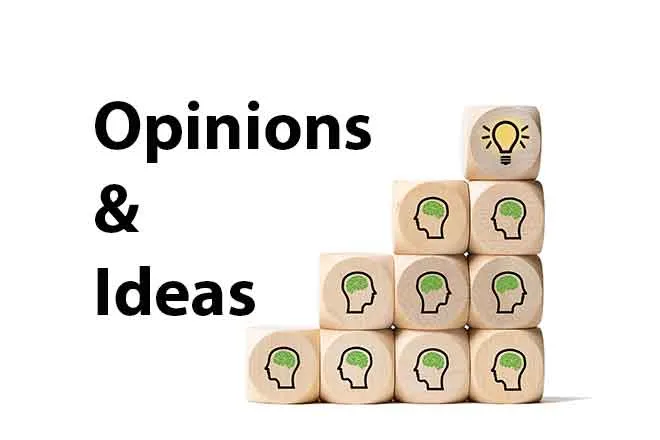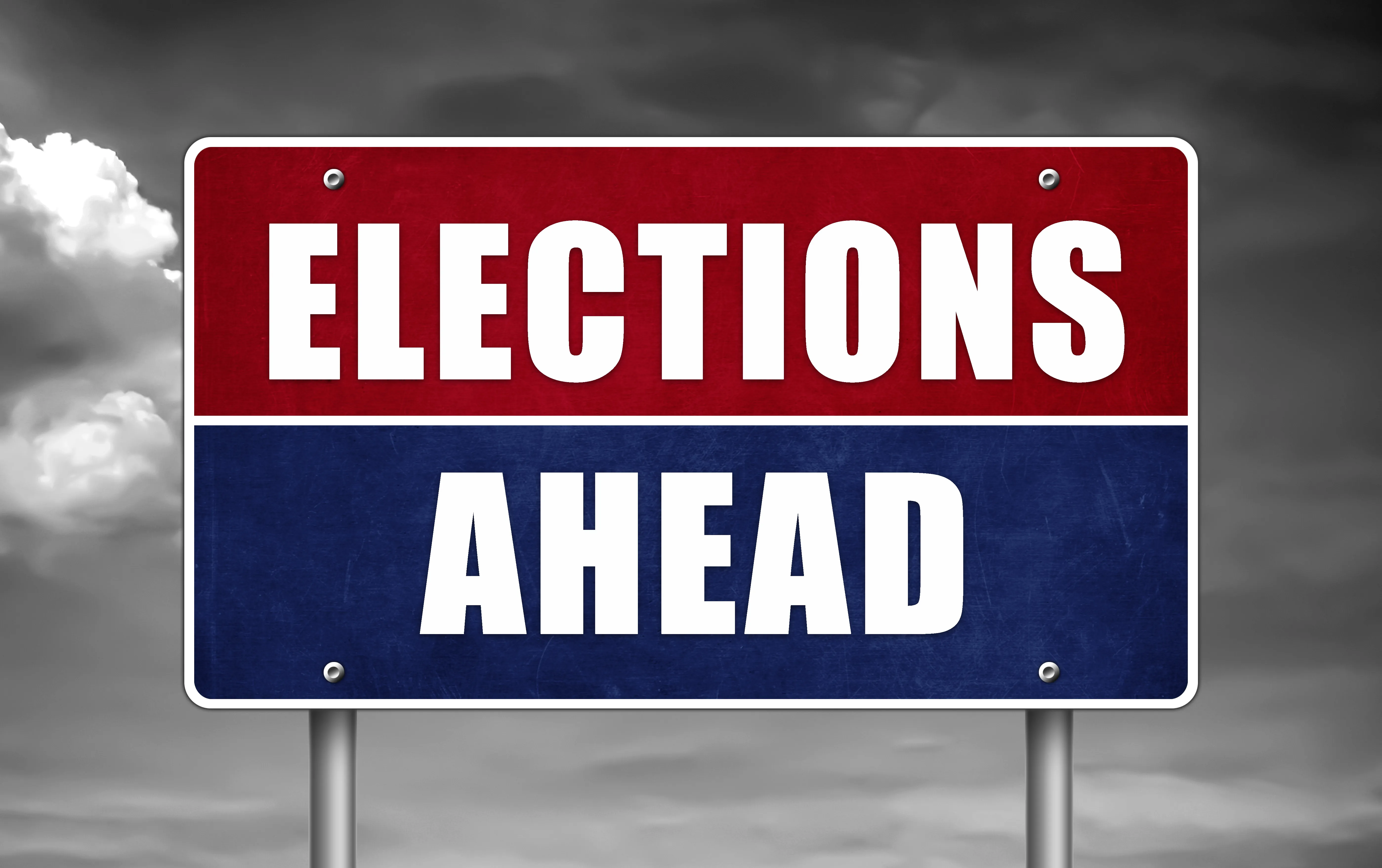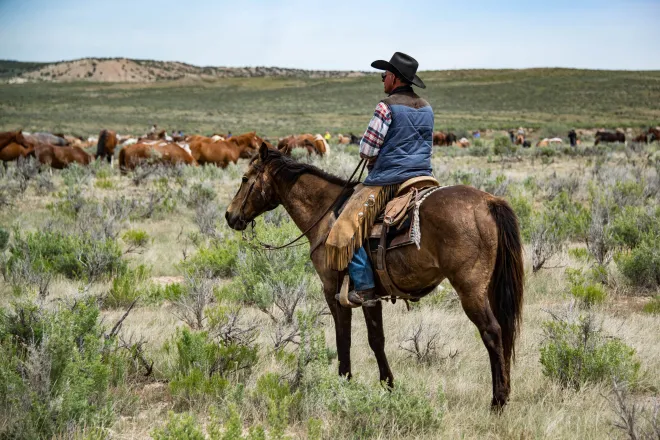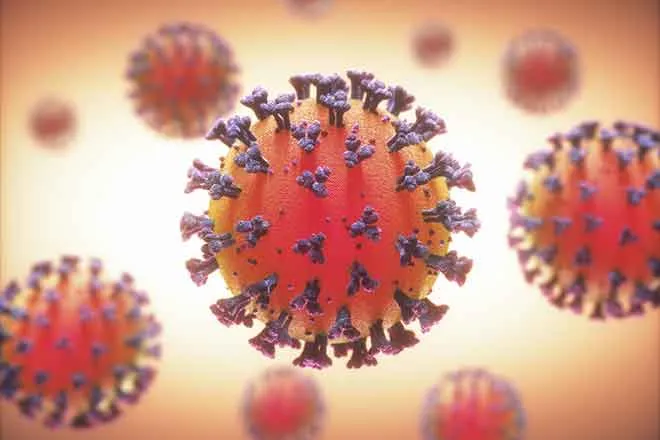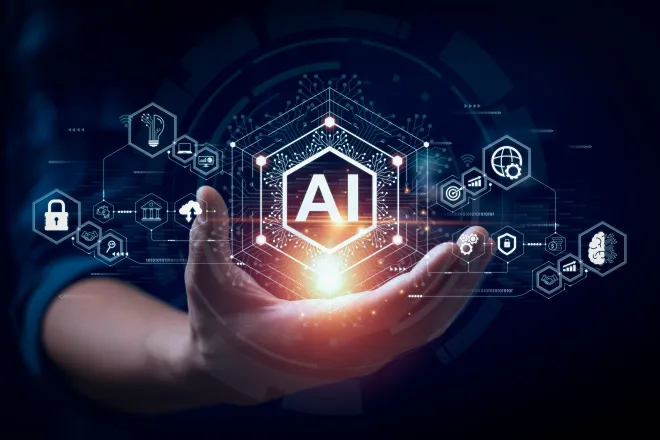
“There’s No Such Thing as Returning to Normal”: We Answered Your Questions About Reopening America
As some governors prepare to relax social distancing restrictions in their states, ProPublica hosted a digital event on Thursday answering your questions on how to safely leave home, reopen businesses and return to work. Based on a recent ProPublica article that pulled together seven key lessons learned by scientists, doctors and researchers in other countries that have battled the virus, the digital event assembled Editor-in-Chief Stephen Engelberg; health care reporter Caroline Chen; and Andy Slavitt, former head of the Centers for Medicare and Medicaid Services, to take questions and share what they’ve learned that can help all Americans for the days, weeks and months ahead.
“I think the big takeaway is there’s no such thing as returning to normal,” Chen said of what she learned after interviewing front-line officials from Italy, Germany, Spain, Singapore, Taiwan and South Korea. “And the goal should not be ‘normal.’”
She found that the experts she consulted consistently recommended that governors should plan to track where the virus is spreading by coordinating a large army of contract tracers and have a well-thought-out plan for isolating infected people. Across the board, they expressed the idea of never letting one’s guard down. “You cannot relax,” she said. “Because the second you relax, there’s going to be a second wave.”
Slavitt stressed that states are not prepared, even as Georgia Gov. Brian Kemp recently allowed hair salons, barbershops, tattoo parlors, massage therapists and gyms to open back up. “The thing that I try to remind everybody is just because the governor says you can do something, doesn’t mean you should do something,” he said, citing a recent Kaiser Family Foundation study that found 80% of Americans are actually in favor of strict shelter-in-place orders to limit the coronavirus’ spread.
“If you are an essential worker, wear a mask, keep socially distancing and require as much as possible that we can continue to keep you safe,” Slavitt said. “Because we can recover from an economic downturn. We can’t recover when we lose people.”
Here are a few highlights from their answers to your questions.
Q: We know massive testing is required to detect where the virus is spreading. But with reports of false negatives and companies producing non-FDA-approved products, how accurate are all of these tests?
Chen: “Because of the urgent need for more tests and to have them widely available, the FDA has been lowering the bar for what it requires of manufacturers before it gives them authorization for tests. It’s not that there is no information that the FDA requires from manufacturers, but definitely it is requiring less of manufacturers than before. ... The companies are being asked to provide information on contrived samples, which are kind of like fake samples, instead of information from real-life patient samples. So they are validated to some degree, but you don’t really know how they perform in the real world. But that’s the only way that you can get lots and lots of tests out in the real world really quickly. So this is a trade-off.”
Q: How do we deal with the challenges of 50 states versus one nation? What is the impact of someone driving from an “open” state to a “closed” one?
Engelberg: “It’s definitely easier in countries that have a very tightly controlled central government, if they have a powerful health system. Look at Taiwan, for example, where the vice president happens to be an epidemiologist, and their response was more organized.
You look at South Korea, where they went through a very bad experience with MERS, and the result was they passed a whole bunch of laws that empowered the health establishment to do things quickly and on a national level. That’s not the country we live in. And there are some good things about that.
The bad news is, the virus respects no boundaries. It goes through tunnels; it goes over bridges. It goes across roads and borders. … Contact tracing would be great if the federal government could put the right number of contact tracers in every state right now. We have millions of unemployed people who can be put to work. We did that in the Depression with various conservation measures — the WPA — but that does not exist right now. I think that’s a net deficit for us.”
Q: What do the experts really think is the probability of developing a vaccine in the near future?
Chen: “The numbers that we’ve heard are a year, to a year and a half, at the soonest. I’ve also heard some people say, ‘Well, we don’t have a vaccine for HIV.’ I do think that the coronavirus is more well understood and better characterized than something like HIV — that virus is very wily and has been an incredibly tough nut to crack.
So I’m more optimistic about that than HIV. But I think there are questions that scientists are still trying to figure out, which are: For people who have been infected and have antibodies, how long will they be protected? How long will that immunity last?
There are diseases like chickenpox where you get it once, you’re protected for life. And then there are other diseases, where we get the flu shot every year. And then there are vaccines where you need to get regular boosters. So even if we do come up with a vaccine in the near future for this coronavirus, is this going to be a ‘one and done’ or are we going to need to have some sort of booster? These are all things that scientists are currently trying to figure out and are going to have to be sorted out over the next year to two years.”
Slavitt: “I think we’re going to have to accept the answer we don’t know. If you want to find a very persuasive article that says we’re going to have a vaccine in six months, you can find one. If you want to find one that says it’s going to take five years or longer, you can find one. You can find one that says it’s impossible too.
None of them peer reviewed; all of them based on a little bit of information. I would just advise not to get our hopes and fears attached to either direction. There’s a lot more we don’t know than we do know, and if you’re not hearing people say ‘We don’t know’ a lot, then they’re probably not a great source. …
We should be encouraged that there are a lot of trials and that there are human trials already. We should be discouraged that the head of BARDA was just replaced because he’s been working on this his entire life to be ready for these moments. And we should hold the standard that we want our smart scientists all working on this.”
Engelberg: “What you are watching right now is science unfolding in real time. And science is really messy. If you go back and look at the history of any disease, there were a number of things that were believed to be absolutely true that turned out to be absolutely untrue. And we’re going to have that here.
I’m sure some of our listeners or viewers here are old enough to remember when we were telling people they got ulcers because they had stress and they should drink milk. Then, of course, science advanced, and we discovered something very different. …
Science feels so precise and so wonderfully smarter than all the rest of us. But the truth of the matter is, I think having covered science a lot, it’s often wrong, confusing, boisterous, raucous and changing direction all the time. And that’s the way it is.”
Get invites to future conversations by signing up for The Big Story newsletter.



